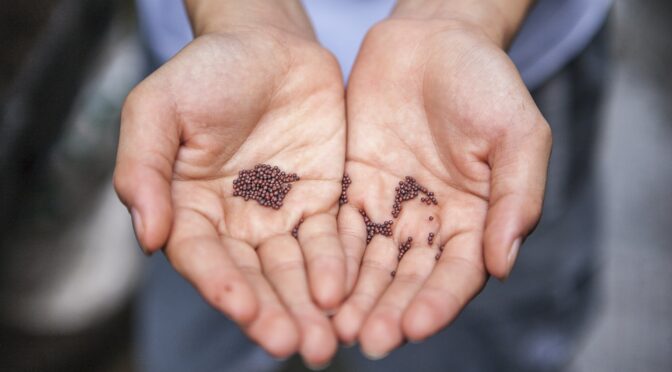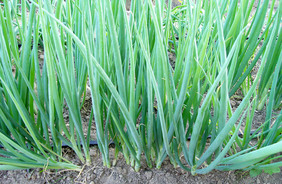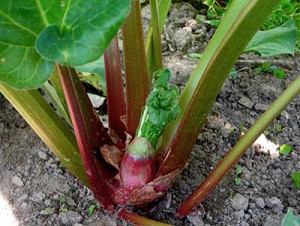Direct sowing crops is one of my favorite parts of spring. I get to get out into the garden and put something in the ground before many of my transplants are ready to go out. In the spring, I direct sow cool-weather crops like radishes, greens, peas, and turnips. As the spring progresses into summer, I begin direct sowing warm-weather crops like cucumbers, squash, corn, and beans. Here are a few tips to ensure you have success direct sowing crops.
Prepare Your Garden Bed
As discussed in our previous article, How to Prepare Beds, you should prepare a garden bed. Ideally, your soil should be rich, loose, and moist. This will help ensure your seeds have soft soil to push their roots into, moisture to germinate, and nutrients to grow.
Know Your Planting Date & Watch the Weather
The best time to direct sow specific crops depends on where you live and your first and last expected frost dates. For a quick look at what to plant when, you can try our garden planner app or the Farmer’s Almanac planting list by zip code. If you live in zone 7, as we do at SESE here in Virginia, you can check out a list of our recommended planting dates.
You should also keep an eye on the weather. While rain can be ideal for helping water in crops, you may want to avoid planting small seeds like lettuce right before a heavy rain which could uncover or dislodge them. A severe cold snap can slow or halt germination even with cold hardy crops. Check the forecast before planting and consider how the following days may affect your crops.
Prepare Your Seeds for Direct Sowing
Before your intended planting date, review your seed packets or look up information about your chosen crops. Some seeds need to be treated beforehand. For example, we recommend soaking Sweet Pea seeds overnight before planting.
Mark Your Rows
It’s a good idea to mark your rows carefully. This will allow you to easily weed in between rows before your crops germinate without fear of disturbing your seeds.
Plant Seeds at the Proper Depth
Your seed packet should indicate a planting depth for each crop. If you don’t have this information, a good rule of thumb is to plant your seeds at a depth equal to two or three times their width.
Be Consistent with Watering
Watering while seeds are germinating is critical. For best germination, keep the soil consistently moist. If you have a rainy spring, you may have minimal watering to do, but if not, you should check your soil everyday and water as needed. Keeping the soil consistently moist will improve germination rates.
However, you don’t want the soil to become water-logged. Your soil should feel moist after you water, but if you grab a handful and can squeeze water out of it, you have overwatered. Some seeds, like summer squash, are susceptible to rot when overwatered.
 Thin Your Crops
Thin Your Crops
Many crops like onions, radishes, carrots, and lettuce should be thinned as they get larger. It may seem like a waste, but your vegetables won’t properly mature if they don’t have adequate spacing. Baby greens and small onions can be harvested and used for salads at a small size.
Stay Diligent About Weeding
Weeds are fast-growing, and it’s often easy for them to overtake tiny seedlings. Keep your beds well-weeded as seedlings get established for the best production.
Add Mulch
Once your plants have grown to a couple inches, it’s a good idea to mulch around them. Mulch will save you work by suppressing weeds and keeping the soil moist.
Direct Sowing: Extra Tips & Tricks
Here are a few tricks of the trade to help you get the best results when direct sowing crops.
Cover Carrot and Lettuce Seeds with a Board or Cardboard
Carrot and lettuce seed germinates best when kept moist. After sowing carrot seeds, water them carefully and cover the rows with boards or cardboard. After a couple of days, check on them each day and remove the boards or cardboard as soon as they have begun to germinate.
Use Radishes to Mark Rows
Radishes germinate very quickly. You can toss a few radish seeds in with lettuce, carrots, or other seeds to help mark and keep track of the row while you wait for the other seeds to germinate.
Use Row Cover if You Have It
Row cover is a great way to give young seedlings a little extra protection from cool temperatures, heavy rains, and drying winds. Consider using row cover as you get crops established.
Learn to Direct Sow in Hot Weather
Later in the summer, check out Lisa and Ira’s other tips for direct sowing in hot weather. These tips are helpful for getting your fall crops started.
In some ways, direct sowing is as simple as plunging some seeds into the dirt. However, for a healthy, productive garden, it’s best to keep these tips and methods in mind as you sow your spring garden. Happy growing!




